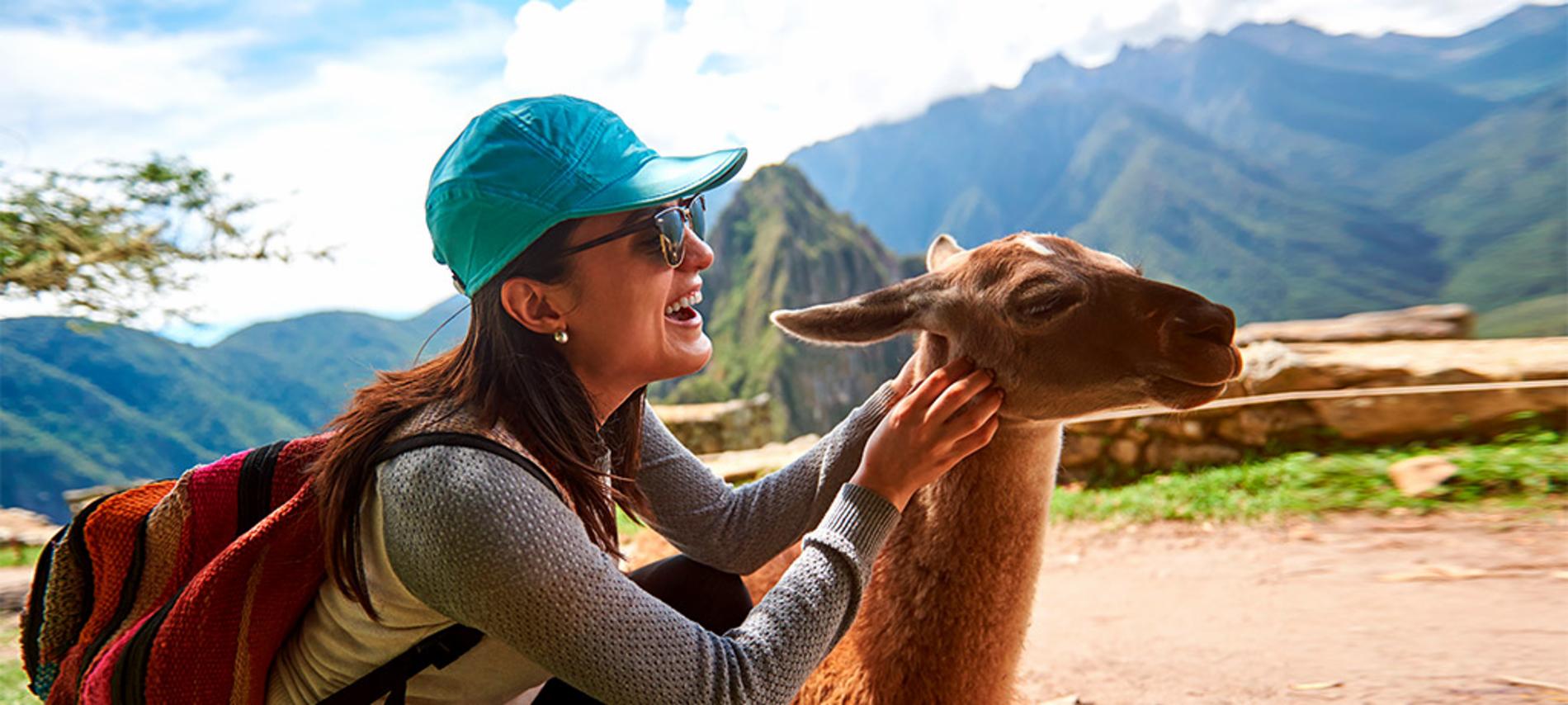Mon-Sun 8am - 5pm PE  Reserve Now
Reserve Now

When you start researching trips to Peru and its destinations, many pages warn of something that can terrify tourists: altitude sickness. Although it is true that it can affect anyone regardless of gender, physical condition or age, there are ways to avoid it.
To make your trip pleasant and without inconvenience, here are some frequent questions about soroche or altitude sickness in Cusco and Machu Picchu and how you can treat it.
At what height are Cusco and Machu Picchu located?
Being located in the middle of the mountains, you may think that Machu Picchu is located higher than Cusco, but it is not! The Imperial City of Cusco is 3,399 meters above sea level, while the Historic Sanctuary of Machu Picchu is 2,430 meters above sea level, almost 1,000 meters below!
What causes altitude sickness or soroche?
In cities or places at higher altitudes, the oxygen level is getting lower and lower. As our brain needs oxygen and is used to receiving more in the areas where we live, which are usually lower, when we reach higher places the body notices this lack.
As experts explain, altitude sickness or soroche can begin to affect from 2,400 meters above sea level, but that does not mean that every time you visit a place at this altitude or higher, your body will feel affected.
What symptoms does altitude sickness or soroche cause?
The symptoms of altitude sickness are easily recognizable and are generally mild, so you should not need the help of a medical professional.
Thus, the lack of sufficient oxygen can cause headaches, dizziness, nausea and vomiting, tiredness, lack of appetite, sleep disorders, elevated heart rate and difficulty breathing.
Tips to combat altitude sickness or soroche
You don’t have to be afraid of soroche! Although its symptoms are not pleasant, there are many ways that help us with the treatment of altitude sickness. Here are some tips to prevent them in time!
NOTE : The coca leaf gives you energy. It is usually recommended to start the day and when you arrive in Cusco. We recommend not taking it at night or a few hours before going to bed, it will not let you sleep well.
Although most people who arrive in Cusco daily do not have any problems and are not affected by altitude sickness, it is always good to be prepared and thus avoid any type of complication during the trip. Pills for soroche or altitude sickness: They are very effective and can be purchased without a prescription at any pharmacy. Its consumption should be a dose every 12 hours, these will help blood irrigation as well as increase respiratory capacity, the most used are Sorojchi pills and Diamox. Recommended! Take the pill before you start to gain altitude and reach the expected destination.
